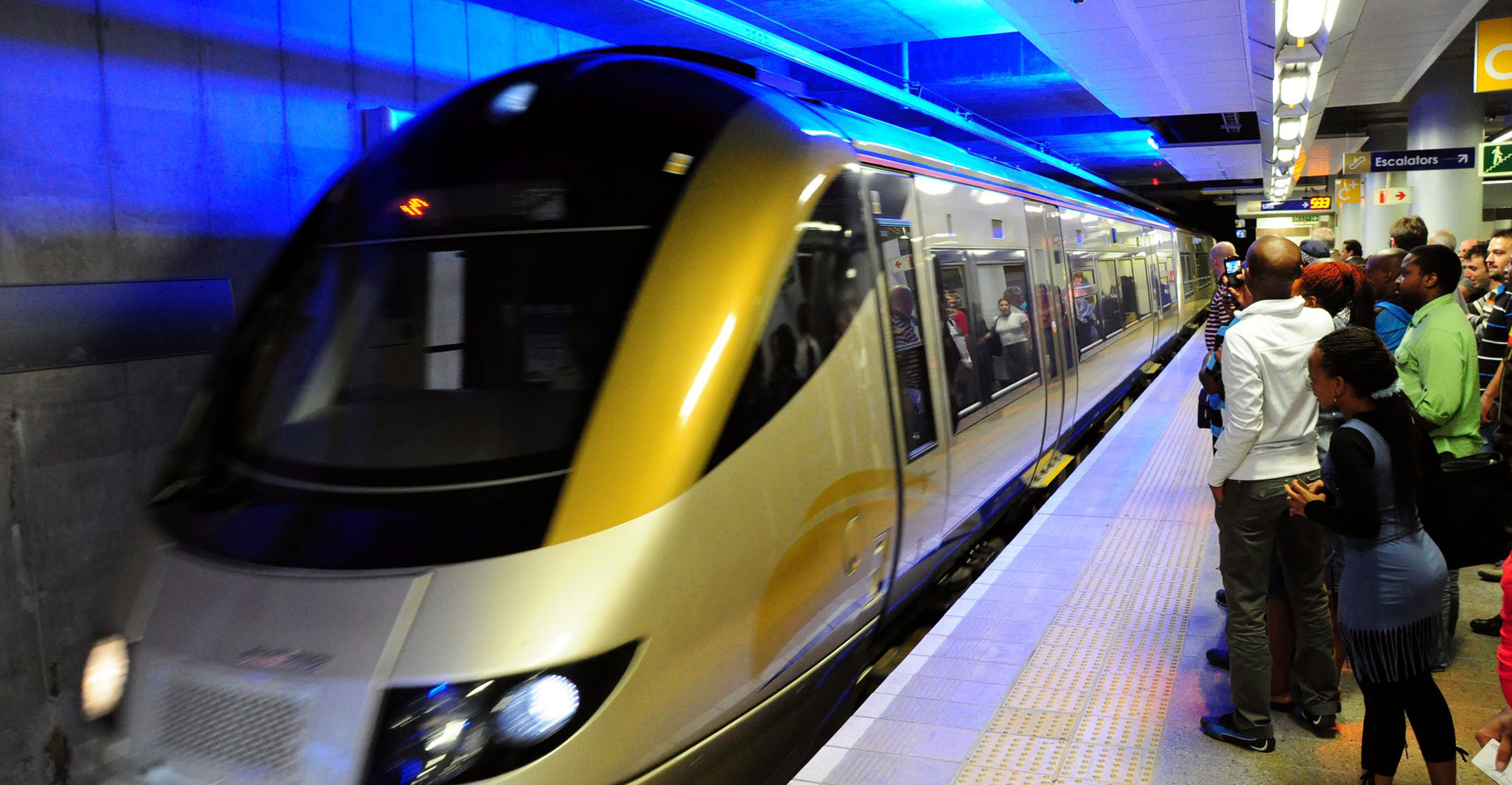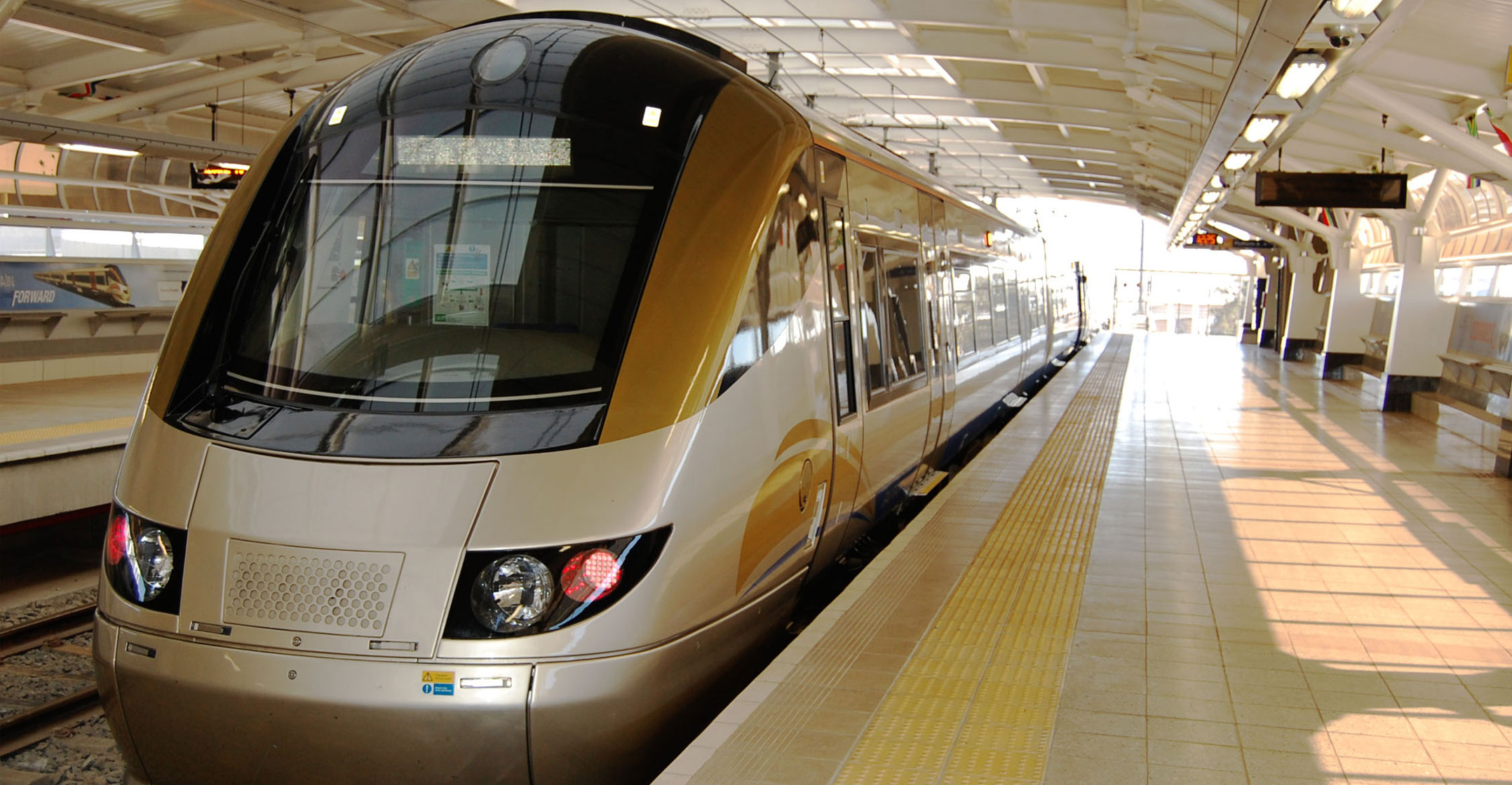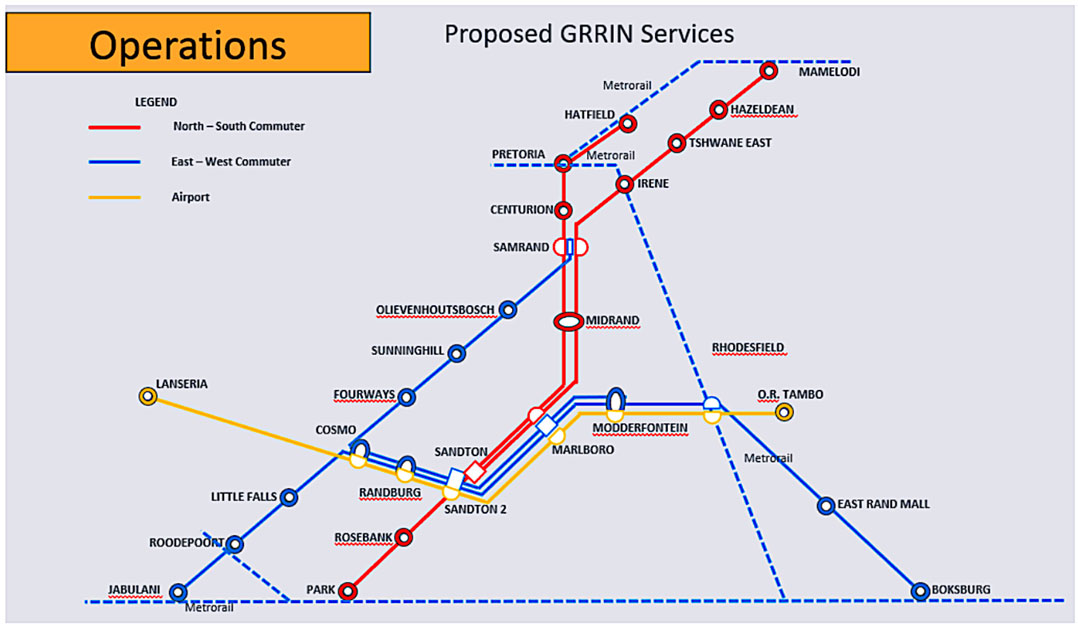
Government is assessing the planned multibillion-rand expansion of the Gautrain rapid rail project in terms of its new infrastructure development methodology and is in the process of engaging with stakeholders about the project.
Minister of public works & infrastructure Patricia de Lille confirmed this on Monday during a virtual panel discussion on the Gautrain’s contribution to socioeconomic development and its impact on society.
The new methodology of planning and project implementation — the Sustainable Infrastructure Development System (Sids) methodology — was announced by head of investment & infrastructure in the presidency Kgosientsho Ramokgopa at the Sustainable Infrastructure Development Symposium in June.
De Lille said this methodology means there is now a single point of entry for all infrastructure projects across the country and “we will be able to monitor and evaluate and make sure that we unblock big infrastructure projects that are standing still”.
Gautrain Management Agency (GMA) CEO William Dachs said in May that the construction of the planned expansion of the Gautrain rapid rail network, dubbed Gautrain 2, could realistically commence at the end of 2024.
Dachs also confirmed the GMA’s application to national treasury for authorisation for the project in terms of Public Finance Management Act was still with treasury.
The current Gautrain network comprises 80km of rail along two route links: a link between Tshwane and Johannesburg and a link between OR Tambo International airport and Sandton.
150km of rail
Gautrain 2 comprises another 150km of rail and a further 19 stations, with the first phase comprising a new line from Marlboro through Sandton and Randburg to Cosmo City and then to Little Falls.
While Lanseria is the ultimate destination for a rail service running east-west between the two airports, Lanseria will only be connected in a later phase. The second phase of the expansion will extend the line from Little Falls through Roodepoort to Jabulani in northern Soweto.
Dachs said at the time that three more phases are envisaged to complete the network but timelines for these phases are completely dependent on factors such as economic growth, population growth and transport demand and the availability of funding from government and the private sector.
“We can’t make any statements on timelines beyond phase one. If construction commences in late 2024 then we anticipate that it (phase one) would be completed in 2029 — a five-year construction period,” he said.

The Gautrain, as it currently exists, is one of the largest public-private partnerships (PPPs) launched in South Africa. Bombela, as the concessionaire, has contracted various sub-contractors to develop and operate the system.
De Lille stressed on Monday that with the exception of the Gautrain, PPPs have not been that successful in South Africa. “Only 2% of infrastructure projects are successful PPPs and we are reviewing quite a complex piece of legislation to make it more workable and easier to have PPPs,” she said.
Sheila Galloway, founder of PPP and infrastructure specialists Utho Group, said there is a lack of trust between the public and private sectors because the private sector has been waiting for a long time for infrastructure projects to come to market.
Galloway said President Cyril Ramaphosa announced the establishment of an Infrastructure Fund in 2018.
The R100-billion fund was launched on Monday and will support projects that blend public and private funding. It will be established by the Development Bank of Southern Africa, which will also manage and administer the fund.
Galloway said the fund is being created to address the funding and affordability gap that exists in infrastructure projects that are important for social and economic development and intended to stimulate the economy, such as the expansion of the Gautrain.
‘A necessity’
“It’s fundamental that the government finds funding alternatives so that these projects come to market,” she said. “If you have a commercially viable project or a socially benefiting project that should come to market in the form of a PPP, the market will respond accordingly and positively.”
GMA chief operating officer Tshepo Kgobe said the Gautrain is “rather a necessity than an option” because of the wasted billions in lost productivity when workers travel on highways.
Kgobe said the return on investment in the Gautrain is “up there with the best” and for every R1 spent on the Gautrain, the project has yielded R2.60.
Craig Simmer, regional director of infrastructure in the Africa, Europe & Middle East region for consulting engineering and project implementation specialists Hatch Africa, said the benefits of the Gautrain can be divided into five key areas: employment creation, transport choices, real-estate investment, regional integration and foreign investment.

Simmer said the Gautrain generated 184 000 jobs in the six years it was being constructed and its first six years of operation. He added that 1.6 million square metres of new commercial real estate developments have been developed since 2010 around Gautrain stations, creating about 66 000 further jobs in addition to the 184 000 jobs created during the construction and initial operation of the Gautrain.
There’s also a benefit to society of about R74 for every trip taken on the Gautrain in the form of reduced traffic and accidents on the roads, time saving and lower carbon emissions, said Simmer.
He said the Gautrain is also helping to integrate cities, with about 70% of trips taken on the rapid rail project across city boundaries, while real estate development is now starting to follow the Gautrain corridors. He also attributes about R44-billion worth of foreign direct investment in South Africa to the Gautrain.
- This article was originally published on Moneyweb and is used here with permission

